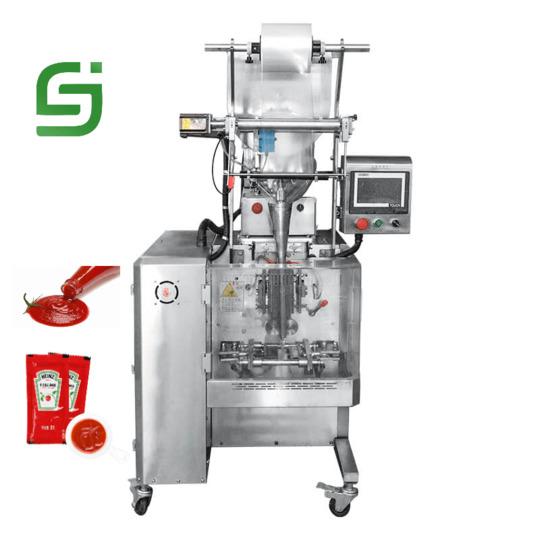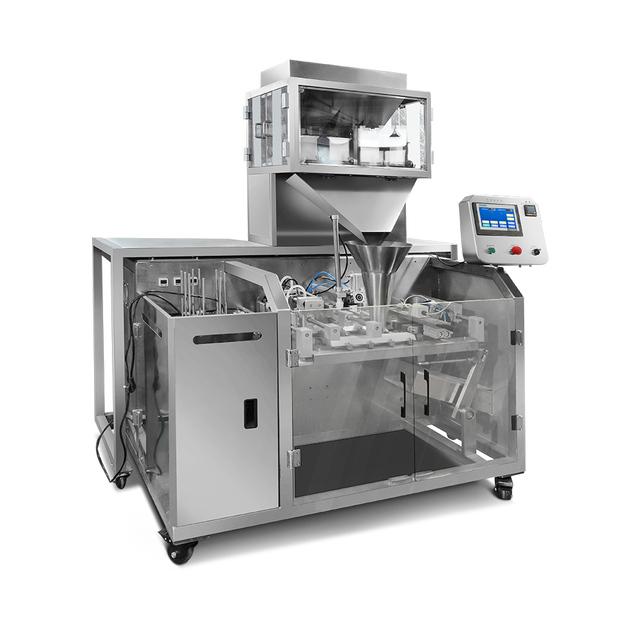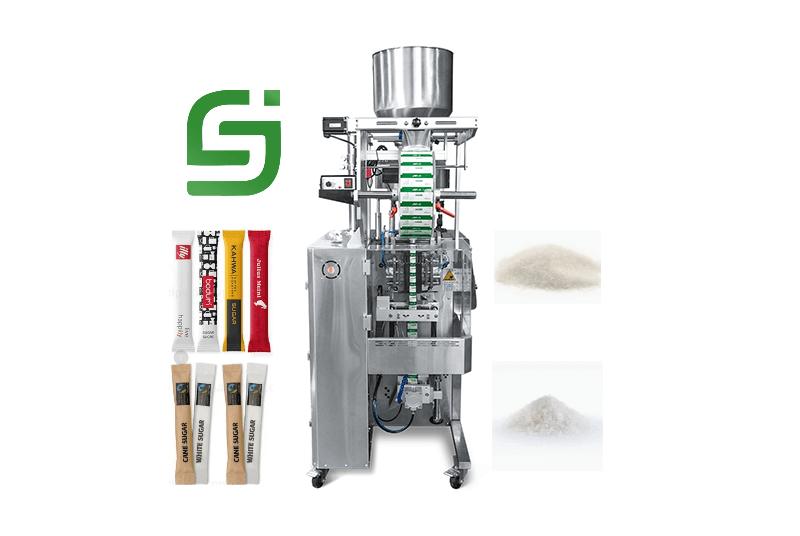Author:YISEN Pouch Packing Machine Manufacturer TIME:2024-11-09
The packaging of powders poses unique challenges, primarily due to the lightweight and volatile nature of powdered substances. When packaging powders, manufacturers must ensure that the material remains contained and does not escape into the environment, which can lead to product loss, contamination, and safety hazards. This article explores the various techniques employed by powder packaging machines to minimize powder flying during the packaging process.
Powders, whether they are food products, chemicals, or pharmaceuticals, present significant challenges during packaging. Due to their fine particle size, powders are prone to dusting and flying when handled. This not only results in product loss but can also create unsafe working conditions. The movement of air during the packaging process can cause particles to become airborne, leading to contamination and a messy workspace. Understanding these challenges is crucial for developing effective solutions.

Modern powder packaging machines incorporate innovative design features to combat the issues associated with powder flying. Many machines include enclosed hoppers and chutes that minimize exposure to air. These enclosures help contain the powder within the equipment, reducing the risk of particles escaping. Additionally, machines are often equipped with advanced vibration dampening systems that prevent excessive movement and reduce the chances of powder becoming airborne during filling.
An essential feature in many powder packaging systems is the integration of dust collection systems. These systems work by capturing airborne particles before they can escape into the environment. High-efficiency particulate air (HEPA) filters are commonly used in these systems to ensure that even the smallest particles are trapped. By maintaining a clean workspace and protecting the product from contamination, dust collection systems play a crucial role in effective powder packaging.
Controlled filling techniques are vital for preventing powder from flying during the packaging process. Many machines utilize gravity-based filling methods or auger fillers that allow for precise dispensing of powders. These methods reduce the speed of the fill, thereby minimizing turbulence and airborne particles. Additionally, some machines are designed with adjustable filling speeds, allowing operators to find the optimal balance between efficiency and containment.

Static electricity is another factor that can contribute to powder flying. When powders build up static charge, they tend to cling to surfaces or become airborne. To counteract this, many powder packaging machines are equipped with anti-static devices. These devices neutralize static charges, helping to keep powders grounded and contained during the packaging process. This technology is particularly beneficial for fine powders that are more susceptible to static effects.
The sealing and closure mechanisms of packaging machines also play a crucial role in preventing powder escape. Many machines incorporate advanced sealing technologies that ensure bags or containers are tightly closed after filling. Heat sealing, ultrasonic sealing, and pressure-sensitive adhesive closures are common methods used to create airtight seals. An effective seal prevents any residual powder from escaping, ensuring product integrity and safety.
While technology plays a significant role in minimizing powder flying, the training of operators is equally important. Proper training ensures that workers understand the best practices for handling and packaging powders. This includes understanding the machine’s features, how to operate it effectively, and recognizing potential issues that could lead to powder escape. Regular training sessions can help maintain high standards of safety and efficiency in the packaging process.

To ensure that powder packaging machines operate at peak efficiency, regular maintenance and calibration are essential. Routine checks can identify wear and tear on components that may contribute to powder flying. Keeping equipment clean and well-calibrated ensures consistent performance and minimizes the risk of airborne particles. By implementing a proactive maintenance schedule, manufacturers can enhance the longevity of their machines and optimize packaging processes.
The future of powder packaging technology looks promising, with ongoing advancements focusing on further reducing powder flying. Innovations such as smart sensors and automation will likely play a pivotal role in optimizing packaging processes. These technologies can provide real-time feedback on the performance of packaging machines, enabling immediate adjustments to minimize powder escape. As the industry continues to evolve, manufacturers will benefit from enhanced packaging solutions that prioritize safety and efficiency.
In conclusion, powder packaging presents unique challenges due to the nature of the materials involved. However, through innovative design features, effective dust control measures, controlled filling techniques, and operator training, packaging machines can significantly reduce the incidence of powder flying. As technology continues to advance, the powder packaging industry will see improved methods that enhance both product integrity and workplace safety. By understanding and implementing these strategies, manufacturers can ensure a more efficient and effective powder packaging process.